Spectral Theory for Bounded Functions and Applications to Evolution Equations
One of the central questions in the qualitative theory of difference and differential equations is to find the conditions of existence and asymptotic behavior of bounded solutions. For equations with almost periodic coefficients, the problem concerns Favard and Perron. A remarkable theory has been developed in harmonic analysis with outstanding contributions by Loomis, Arendt, Batty, Lyubic, Phong, Naito, Minh and many others, when the Carleman spectrum of the functions is countable. Uniform continuity in this case plays a key role. In the absence of this condition, the theory does not apply. This led to the introduction over the last decade of new types of spectrum functions which helped solve the problem, especially in the case of almost automorphic functions by using the theory of commutating operators. This monograph presents a unique and unified manner of recent developments in the theory of bounded continuous functions, including the space of (Bohr) almost periodic functions and some of their generalizations, and the spaces of (Bochner) almost automorphic functions and almost automorphic sequences. Classical concepts from harmonic analysis such as the Bohr spectrum, Beurling spectrum and Carleman spectrum are also presented with some examples. Special attention is devoted to the recently introduced concepts of uniform spectrum and circular spectrum of bounded functions derived from the study of linear differential equation solutions, whose forcing terms are not necessarily uniformly continuous. Connections between these various types of spectra are also investigated. The book provides a semigroup-free study of the existence and asymptotic behavior of mild solutions concerning evolution equations of the first and second order as well as difference equations. Bibliographical and historical notes complete the major chapters. An appendix reviewing basic results on the theory of commutating operators is given. The content is presented in a way that is easily accessible to readers who are working in differential equations, but are not familiar with harmonic analysis and advanced functional analysis. It’s our hope that this first monograph ever on this topic will attract more researchers.
{{comment.content}}
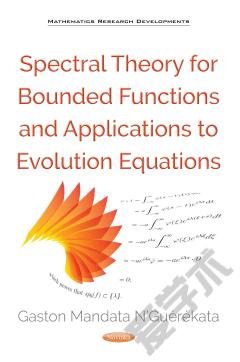
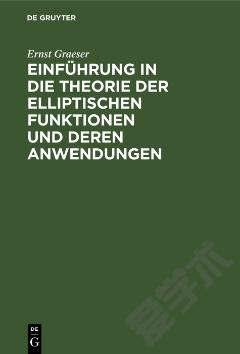
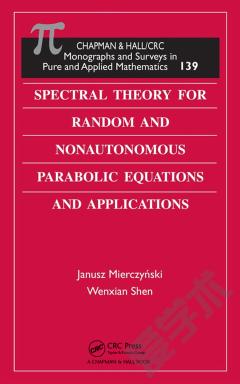
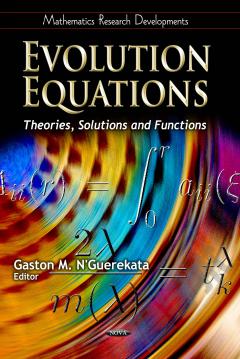

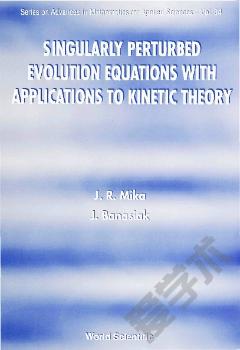
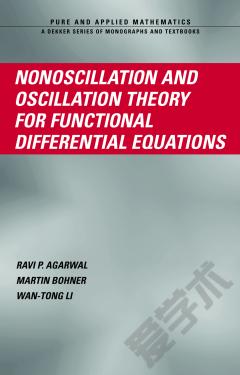

 京公网安备 11010802027623号
京公网安备 11010802027623号